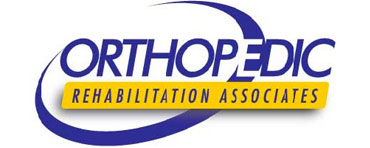Exploring the Diverse Methods of Physical Therapy for Improved Recovery and Restoration
Exploring the Diverse Methods of Physical Therapy for Improved Recovery and Restoration
Blog Article
Physical therapy is an essential field that helps people heal from traumas, operations, and multiple medical conditions. It entails a variety of methods designed to improve mobility, alleviate pain, and enhance general bodily function. Physical therapists are trained professionals who evaluate each client’s requirements and develop customized treatment plans. These programs often consist of exercises, hands-on treatment, and instruction about physical mechanics. By employing these varied techniques, physical can substantially improve a person’s quality of living.
One frequent technique used in physical is rehabilitative activity. This involves specific actions and exercises that help strengthen muscle strength, enhance flexibility, and increase endurance. For instance, a patient recovering from knee surgery may engage in workouts that concentrate on restoring strength in the leg muscles. These exercises are carefully chosen based on the individual’s status and goals. By gradually boosting the intensity and complexity of the activities, physiotherapy therapists can assist clients recover their strength and mobility over a period.
Another important method is hands-on therapy, which includes hands-on approaches to adjust the body’s soft muscles and joints. This can entail stretching, joint movement, and manipulation. Manual treatment aims to alleviate discomfort, reduce inflammation, and improve circulation. For instance, a practitioner may apply gentle pressure to ease stress in stiff muscle groups or to help a joint move more freely. This method is often combined with other therapies to enhance recovery and promote recovery. Patients often consider manual treatment to be a relaxing and beneficial way to manage their pain.
In addition to workouts and manual treatment, education plays a vital role in physiotherapy. Therapists instruct patients about their issues and how to manage them efficiently. read this post here This may include advice on proper alignment, body movements, and strategies to avoid future injuries. For example, a practitioner might show a client how to lift heavy items safely to prevent straining their spine. By empowering patients with understanding, physical practitioners help them assume an active part in their recovery and encourage long-term wellness and fitness.
Finally, technological advancements is increasingly being incorporated into physical methods. Tools such as sonography, electrical stimulation, and immersive reality can improve conventional treatment approaches. These technologies can help alleviate pain, promote recovery, and offer engaging methods for patients to participate in their recovery. For example, immersive environments can create immersive settings for patients to rehearse actions in a safe plus protected environment. As advancements continues to evolve, it offers promising possibilities for enhancing rehabilitation outcomes in physiotherapy.
In summary, physical includes a variety of techniques that function together to support rehabilitation and rehabilitation. Through therapeutic activities, manual treatment, patient instruction, and the application of technology, physiotherapy practitioners provide holistic care customized to each individual’s needs. This holistic approach not only helps patients recover their bodily abilities but also enables them to sustain their health in the long future. As more people acknowledge the advantages of physiotherapy, it remains to play a vital role in the pathway toward enhanced health and well-being.